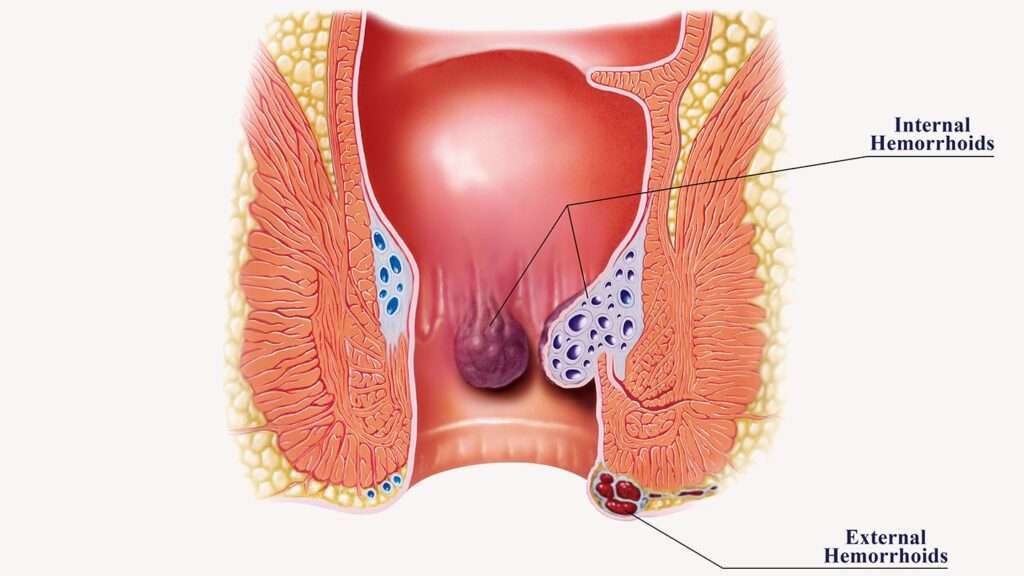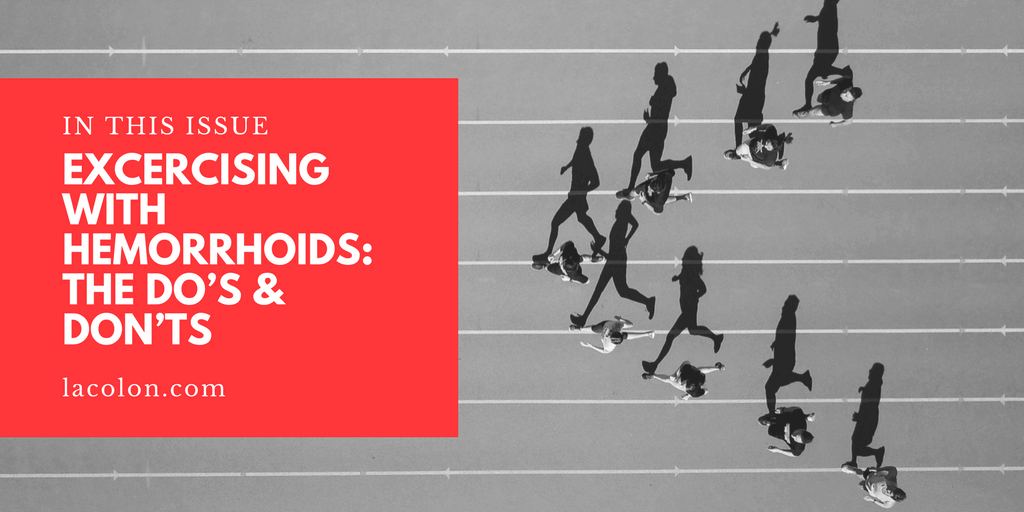You love the thrill of going for a run, feeling the wind in your hair and the adrenaline pumping through your veins. But have you ever wondered if this enjoyable activity could potentially lead to the development of hemorrhoids? In this article, we will explore whether frequent running has any correlation to the painful condition of hemorrhoids and uncover the truth behind this common concern. So lace up your running shoes and let’s get started!
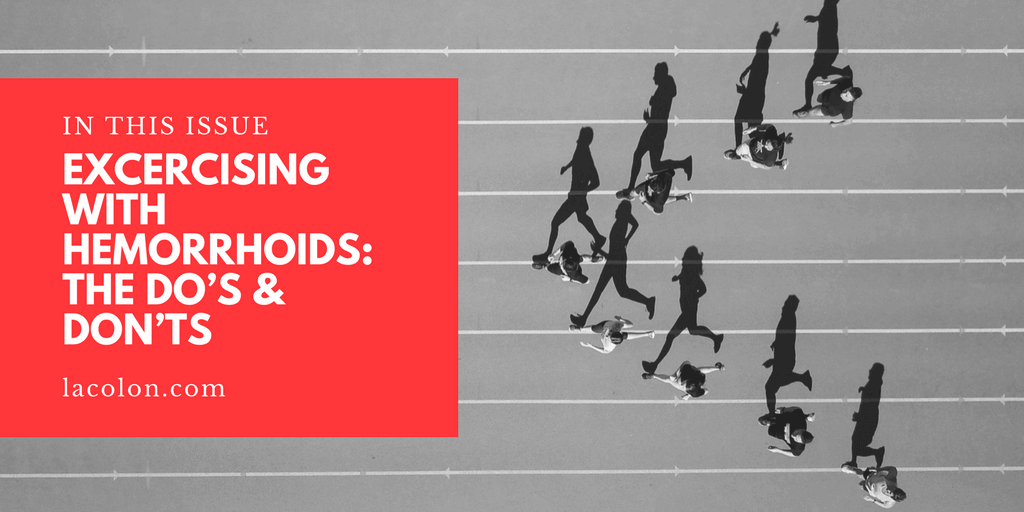
What are hemorrhoids?
Hemorrhoids, also known as piles, are swollen veins in the lower rectum or anus. They can develop internally, inside the rectum, or externally, outside the anus. Hemorrhoids can be caused by several factors, including increased pressure on the veins in the rectal area, straining during bowel movements, chronic constipation, and pregnancy.
Types of hemorrhoids
There are two main types of hemorrhoids: internal and external. Internal hemorrhoids occur when the veins inside the rectum become swollen. They are usually painless and can cause bleeding during bowel movements. On the other hand, external hemorrhoids develop outside the anus and can be felt as small, itchy lumps. They can be painful, especially when blood clots form within them.
Causes of hemorrhoids
Hemorrhoids can be caused by various factors, and while running is not a direct cause, certain aspects of running can contribute to their development. Some common causes of hemorrhoids include:
- Increased pressure on the veins in the rectal area due to straining during bowel movements or heavy lifting.
- Chronic constipation, which can lead to excessive straining when trying to pass stools.
- Pregnancy, as the growing uterus puts pressure on the rectal veins.
- Sitting or standing for long periods, which can put additional pressure on the anal region.
Symptoms of hemorrhoids
The symptoms of hemorrhoids can vary depending on the type and severity. Common signs and symptoms include:
- Itching, discomfort, or pain in the anal area.
- Swelling or a lump near the anus.
- Bright red blood on toilet paper or in the toilet bowl after a bowel movement.
- Mucus discharge from the anus.
- Rectal pain or discomfort.
Is there a link between running and hemorrhoids?
Running, a popular form of exercise, has many health benefits, but it can potentially contribute to the development or worsening of hemorrhoids in some individuals. While not everyone who runs will develop hemorrhoids, certain factors related to running can increase the risk.
Overview of running
Running is a high-impact cardiovascular exercise that engages various muscles in the body. It strengthens the heart, improves endurance, and helps maintain a healthy weight. Running can be done outdoors or on a treadmill and is pursued by people of all ages and fitness levels.
Prevalence of hemorrhoids in runners
While there is limited research specifically exploring the link between running and the development of hemorrhoids, anecdotal evidence suggests that runners may be at a slightly higher risk. The repetitive impact of running, combined with other factors such as dehydration and prolonged sitting, can contribute to the development of hemorrhoids.
Risk factors for developing hemorrhoids
Several risk factors increase the likelihood of developing hemorrhoids, and some of these factors may be more prevalent among runners. These risk factors include:
- Excessive straining or pushing during bowel movements due to constipation, which can be aggravated by the pounding motion of running.
- Increased intra-abdominal pressure caused by the repetitive impact of running, which can put additional strain on the veins in the rectal area.
- Dehydration, which can lead to hard stools and constipation, increasing the risk of hemorrhoids.
- Prolonged sitting or standing after running, which can contribute to the development of hemorrhoids.
Understanding the potential causes of hemorrhoids in runners
While running itself may not directly cause hemorrhoids, certain factors associated with running can contribute to their development. It’s important to understand these potential causes to help prevent or manage hemorrhoids effectively.
Increased intra-abdominal pressure
The repetitive impact of running creates increased pressure in the abdomen, which can strain the veins in the rectal area. This increased pressure can contribute to the development or worsening of hemorrhoids in susceptible individuals. It is crucial to listen to your body and avoid excessive straining during bowel movements to alleviate this pressure.
Repeated trauma to the anal region
The constant pounding motion of running can cause repeated trauma to the anal region and the veins in the lower rectum. This trauma, combined with factors like dehydration and constipation, can lead to the development of hemorrhoids. Taking steps to minimize trauma, such as wearing appropriate clothing and using protective creams, may help reduce the risk.
Dehydration and constipation
Dehydration can lead to hard stools and constipation, which can increase the risk of hemorrhoids. Runners, especially those who engage in longer distances or high-intensity workouts, need to ensure they are adequately hydrated to maintain regular bowel movements. Drinking plenty of water and consuming a balanced diet rich in fiber can help prevent constipation and reduce the strain on the rectal veins.
Prolonged sitting after running
Many runners experience muscle fatigue and soreness after a run, leading them to spend prolonged periods sitting or lying down. This prolonged sitting or sedentary behavior can put additional pressure on the anal region, contributing to the development or worsening of hemorrhoids. It is important to incorporate movement breaks and avoid prolonged sitting after running to minimize the risk.
Prevention strategies for runners
Taking preventative measures can help reduce the likelihood of developing hemorrhoids while enjoying the benefits of running. Here are some strategies to consider:
Proper hydration
Ensuring adequate hydration is essential for maintaining regular bowel movements and preventing constipation. Aim to drink enough water throughout the day, especially before and after your runs. Remember that your hydration needs may vary depending on the intensity and duration of your workouts and the climate you’re in.
Dietary modifications
Eating a balanced diet that includes plenty of fiber can promote healthy digestion and prevent constipation. Include fruits, vegetables, whole grains, and legumes in your meals to increase your fiber intake. Gradually increasing fiber consumption and staying consistent with your dietary habits can have a positive impact on bowel movements.
Importance of adequate rest and recovery
Rest and recovery are crucial for overall health and well-being, including the prevention of hemorrhoids. Giving your body enough time to recover between runs helps optimize your bowel function and minimizes the risk of constipation. Incorporate rest days into your training schedule and listen to your body’s signals for fatigue or discomfort.
Appropriate warm-up and cool-down routines
Engaging in proper warm-up and cool-down routines can help prepare your body for running and aid in recovery. Warm-up exercises increase blood flow to the muscles and reduce the risk of muscle tightness or strain. Similarly, cool-down exercises like stretching can promote circulation and alleviate muscle soreness. By taking care of your muscles, you minimize the risk of strains that can contribute to hemorrhoid development.
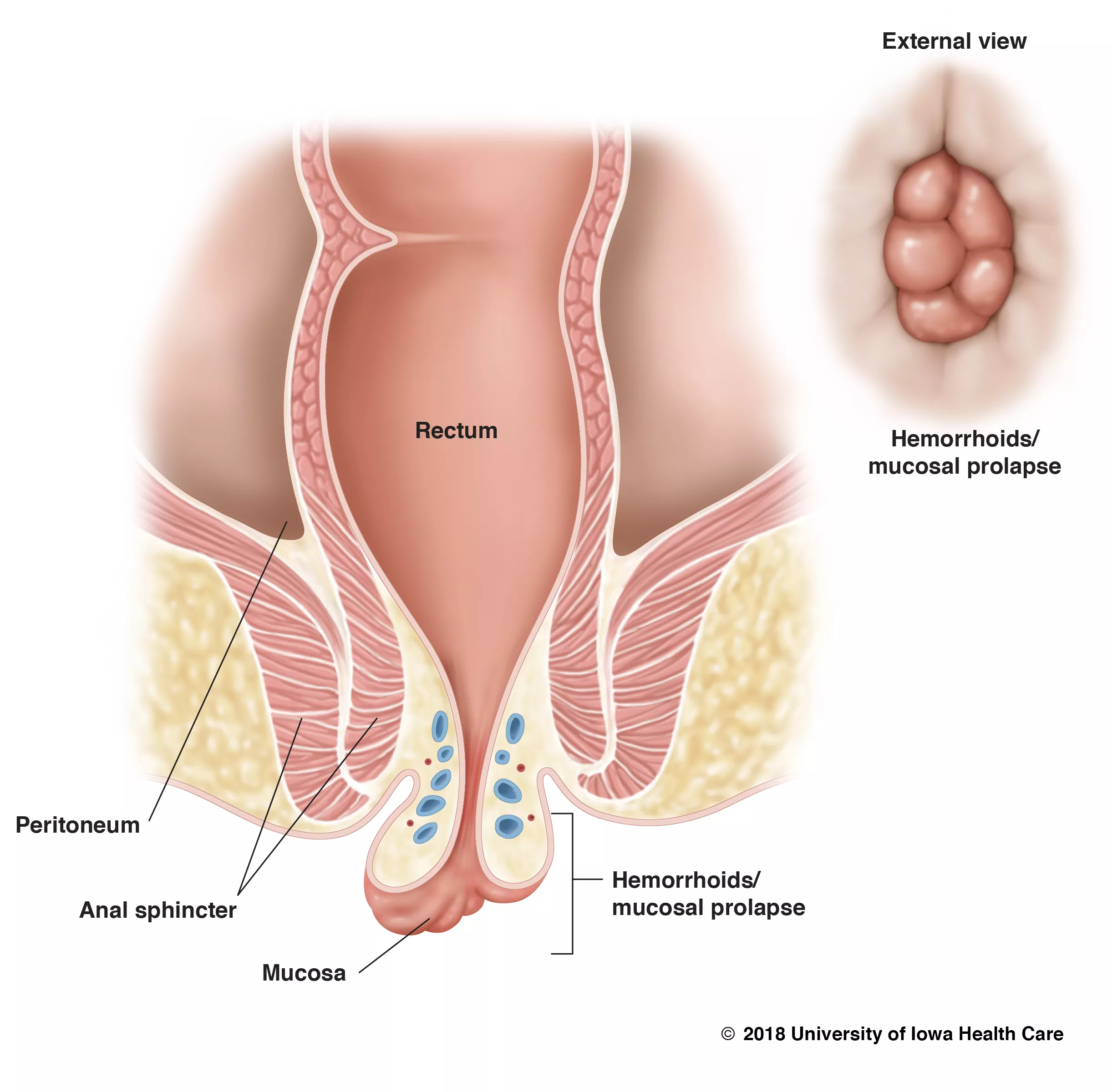
Management and treatment of hemorrhoids in runners
If you already have hemorrhoids or experience symptoms while running, there are various approaches to managing and treating them. The choice of treatment depends on the severity of your hemorrhoids and should be discussed with a healthcare professional.
Conservative measures
Conservative measures, aimed at relieving symptoms and promoting healing, can be effective in mild cases of hemorrhoids. These measures include:
- Sitz baths: Soaking the affected area in warm water for about 10-15 minutes several times a day can help reduce inflammation and provide relief.
- Topical creams and ointments: Over-the-counter creams or ointments containing ingredients such as witch hazel or hydrocortisone can help alleviate itching and discomfort.
- Stool softeners: If constipation is contributing to your hemorrhoids, stool softeners can help make bowel movements more comfortable.
Topical treatments
Topical treatments are often used to relieve symptoms associated with hemorrhoids. These treatments include creams, ointments, or suppositories that can provide temporary relief from itching, pain, and inflammation. However, it’s important to note that topical treatments only address the symptoms and do not cure the underlying hemorrhoids.
Medical interventions
In some cases, medical interventions may be necessary, especially for more severe or persistent hemorrhoids. These interventions may include:
- Rubber band ligation: This procedure involves placing a small rubber band around the base of the hemorrhoid to cut off the blood supply, causing it to shrink and eventually fall off.
- Injection sclerotherapy: This procedure involves injecting a chemical solution into the hemorrhoid to shrink it.
- Infrared coagulation: This procedure uses heat to coagulate the blood vessels within the hemorrhoid, leading to its shrinkage and eventual resolution.
Surgical options
Surgical options are typically considered when other treatments have failed or in severe cases of hemorrhoids. Surgical procedures aim to remove the hemorrhoids or address the underlying cause. Hemorrhoidectomy, hemorrhoidopexy, and stapled hemorrhoidopexy are some surgical techniques that may be used, and they should be discussed with a qualified surgeon.
The role of training and form in preventing hemorrhoids
Adopting certain strategies related to training and form can significantly reduce the risk of developing hemorrhoids while running. Taking care of your body and paying attention to proper techniques are essential for maintaining optimal health.
Gradual progression in running intensity
Gradually increasing the intensity and duration of your runs can help minimize the risk of hemorrhoids. Pushing yourself too hard, too soon can put excessive strain on the rectal veins, potentially leading to hemorrhoid development. Listen to your body and progress at a pace that allows your muscles, including those in the anal region, to adapt gradually.
Core and pelvic floor strengthening exercises
Strengthening your core and pelvic floor muscles can help support the rectal veins and prevent the development of hemorrhoids. Exercises such as pelvic floor contractions, planks, and bridges can improve muscle tone and stability in the pelvic region. Incorporating these exercises into your training routine can contribute to better overall pelvic health.
Proper running form and technique
Maintaining proper running form and technique can reduce the strain on your body, including the rectal veins. Avoiding excessive heel striking, maintaining an upright posture, and engaging your core and gluteal muscles can help distribute the impact forces more efficiently. Seek guidance from a running coach or physical therapist to ensure you have proper form and technique.
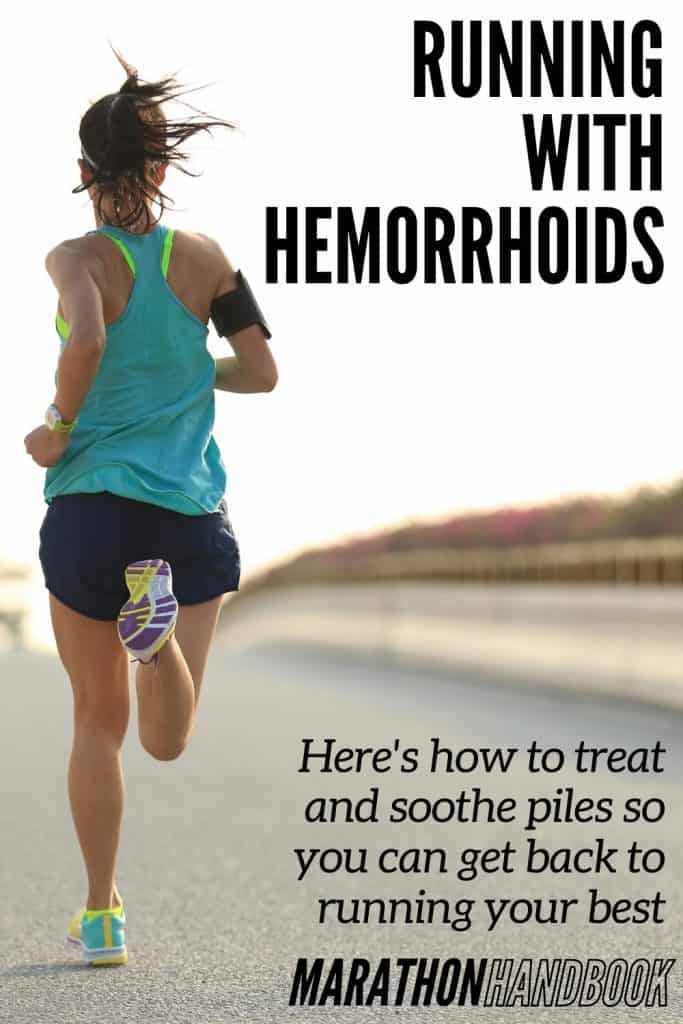
Common misconceptions about running and hemorrhoids
There are several misconceptions about the link between running and hemorrhoids. It’s important to dispel these myths to provide a clearer understanding of this topic.
Running is the sole cause of hemorrhoids
While running can contribute to the development of hemorrhoids, it is rarely the sole cause. As discussed earlier, there are multiple factors, such as constipation, straining, and prolonged sitting, that can also contribute to their development. It’s important to address all potential causes and risk factors, not just running alone.
Only long-distance runners are at risk
Hemorrhoids can develop in runners of all distances, from beginners to long-distance enthusiasts. The risk of developing hemorrhoids is not limited to a specific running distance or intensity. Regardless of the distance or pace at which you run, it’s essential to be mindful of other risk factors and implement preventative measures.
Hemorrhoids are a normal part of running
While hemorrhoids are relatively common among runners, they should not be considered a normal part of running. Hemorrhoids are an indication that certain lifestyle factors need to be addressed, such as hydration, diet, and adequate rest. By taking proactive measures, runners can minimize the risk of developing hemorrhoids and maintain their running routine without discomfort.
Addressing other risk factors for hemorrhoids
In addition to running-specific risk factors, several other factors can increase the likelihood of developing hemorrhoids. Addressing these risk factors can further reduce the risk and help maintain optimal rectal health.
Obesity and its impact on hemorrhoids
Obesity is a risk factor for hemorrhoids, as excess weight puts additional pressure on the rectal veins. Maintaining a healthy weight through regular exercise, including running, can help decrease the risk of developing hemorrhoids. Incorporating strength training exercises into your routine can aid in weight management and improve overall rectal health.
Occupation and lifestyle factors
Certain occupations or lifestyle factors that involve prolonged sitting or standing can increase the risk of developing hemorrhoids. Jobs that require long hours of sitting at a desk or standing without breaks can put added pressure on the rectal veins. Taking regular breaks to move and stretch, as well as using ergonomic equipment, can help reduce this risk.
The role of genetics in hemorrhoid development
Genetics can play a role in determining an individual’s susceptibility to developing hemorrhoids. If you have a family history of hemorrhoids, you may have an increased risk. While you cannot change your genetic predisposition, adopting lifestyle modifications, including regular exercise and a healthy diet, can still help manage the risk.
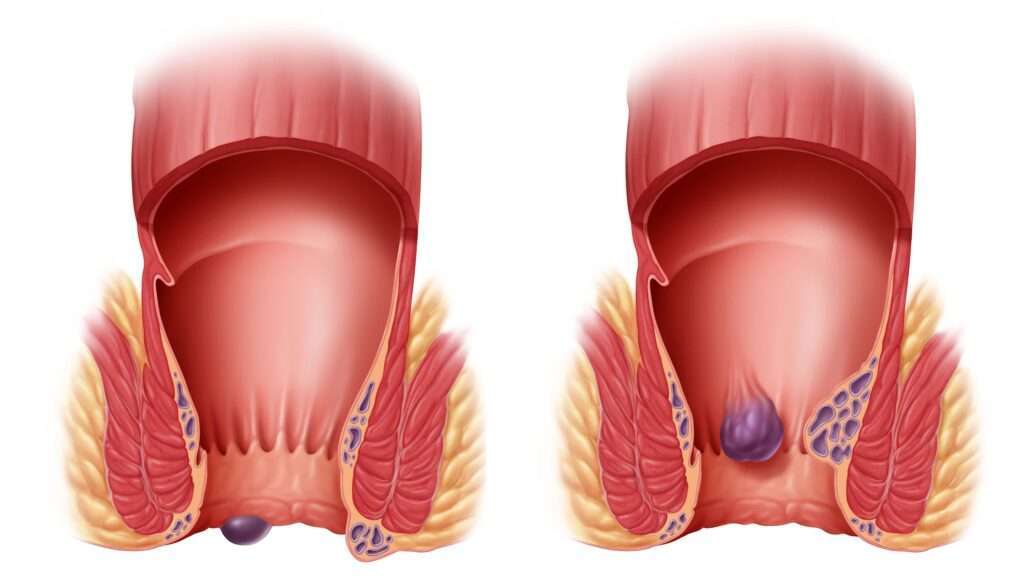
Seeking medical advice and professional guidance
If you are experiencing persistent or severe symptoms of hemorrhoids, it is important to seek medical advice and guidance. A healthcare provider can evaluate your condition, provide a proper diagnosis, and recommend the most effective treatment options.
Recognizing when to consult a healthcare provider
While mild cases of hemorrhoids can often be managed with conservative measures, there are instances where medical intervention is necessary. It is recommended to consult a healthcare provider if you experience:
- Persistent pain or discomfort.
- Excessive bleeding during bowel movements.
- Symptoms that worsen or do not improve with self-care measures.
- Any concerns regarding your rectal health.
Screenings and diagnostic procedures
In some cases, a healthcare provider may recommend screenings or diagnostic procedures to assess the severity of your hemorrhoids. These procedures may include a digital rectal exam, anoscopy, sigmoidoscopy, or colonoscopy, depending on your symptoms and medical history. These tests can help determine the best treatment plan for your individual needs.
Finding the right treatment plan
Every individual is unique, and the best treatment plan for hemorrhoids may vary. A healthcare provider can help identify the most suitable course of action based on your symptoms, medical history, and preferences. They can provide guidance on lifestyle modifications, conservative measures, and, if necessary, medical or surgical interventions.
Conclusion
Frequent running, while beneficial for overall health and well-being, can potentially increase the risk of developing hemorrhoids in some individuals. Understanding the potential causes and risk factors associated with running can help runners take proactive measures to prevent and manage hemorrhoids effectively.
By incorporating preventative strategies such as proper hydration, dietary modifications, adequate rest and recovery, and appropriate warm-up and cool-down routines, runners can reduce the likelihood of developing hemorrhoids. Strengthening core and pelvic floor muscles, maintaining proper running form, and addressing other risk factors like obesity and lifestyle habits are also important in preventing hemorrhoids.
If symptoms persist or become severe, it is crucial to seek medical advice and professional guidance. A healthcare provider can help diagnose and recommend the most appropriate treatment options, ensuring runners can continue pursuing their goals while taking care of their body’s unique needs.
Taking a balanced approach to running and rectal health is key. By being mindful of potential risk factors, seeking medical advice when needed, and prioritizing self-care, runners can enjoy the physical and mental benefits of running while minimizing the risk of developing hemorrhoids.
